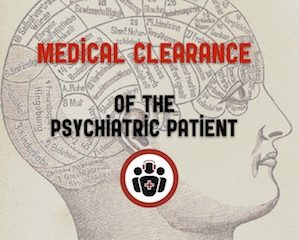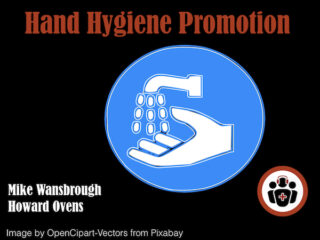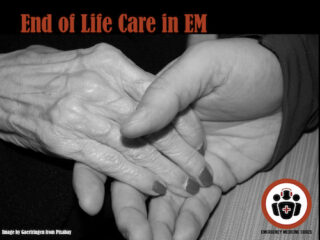WTBS 18 Zero-Tolerance Policies in the ED Part 2: Taking a Look in the Mirror
Are there things we can do in the ED to reduce the risk of violence? We focus on some of the high-risk populations that are often involved in situations that escalate and suffer the consequences of ED responses. Let's move beyond non-violent de-escalation, examine our underlying attitudes, and explore strategies to prevent escalation on this Waiting to Be Seen blog...










